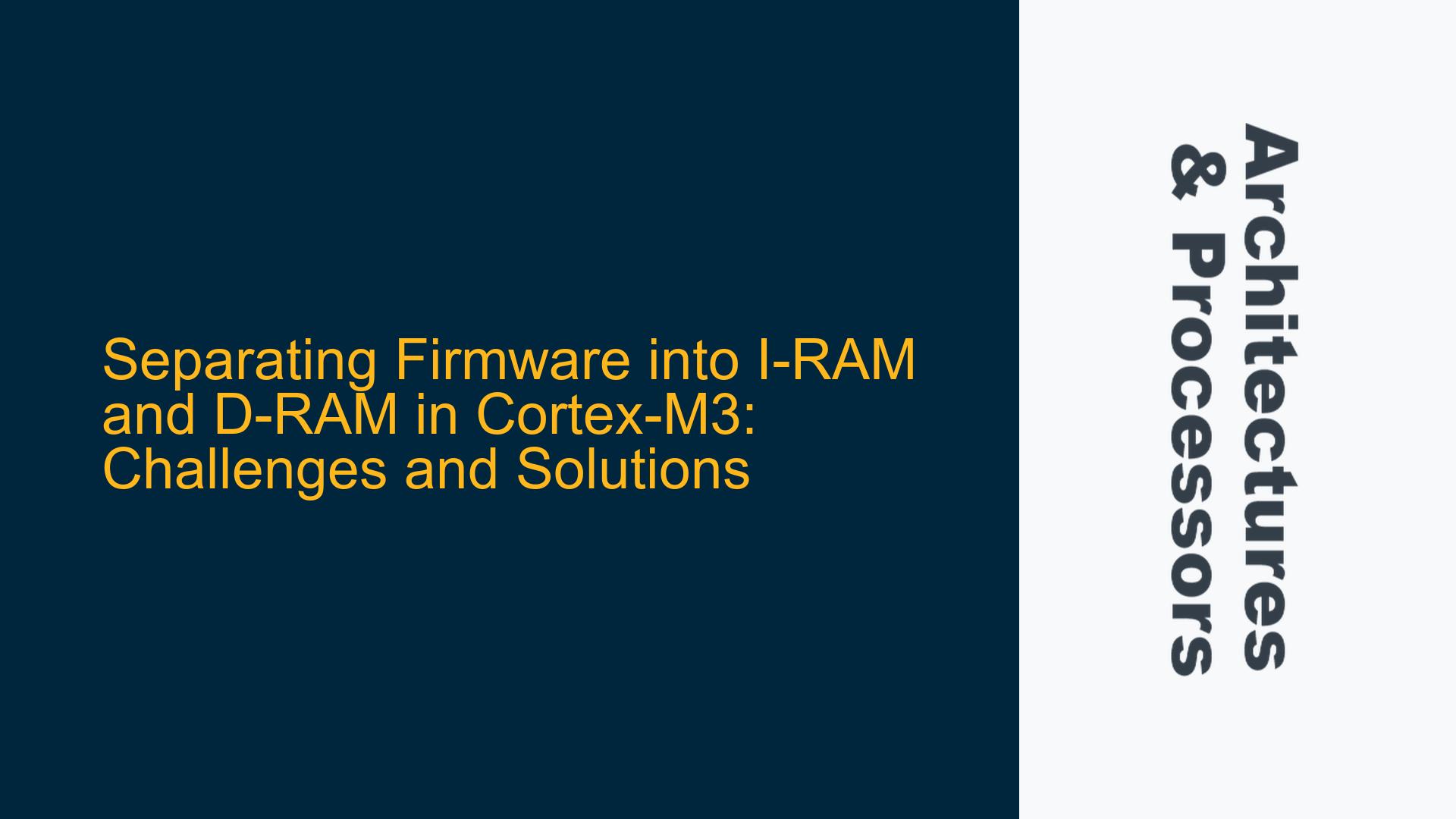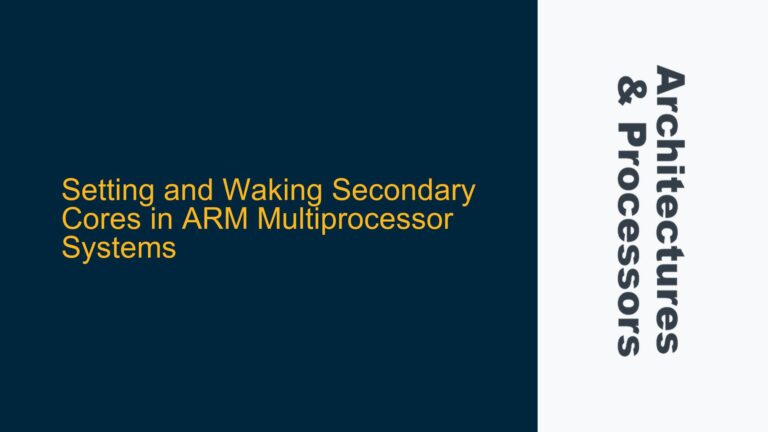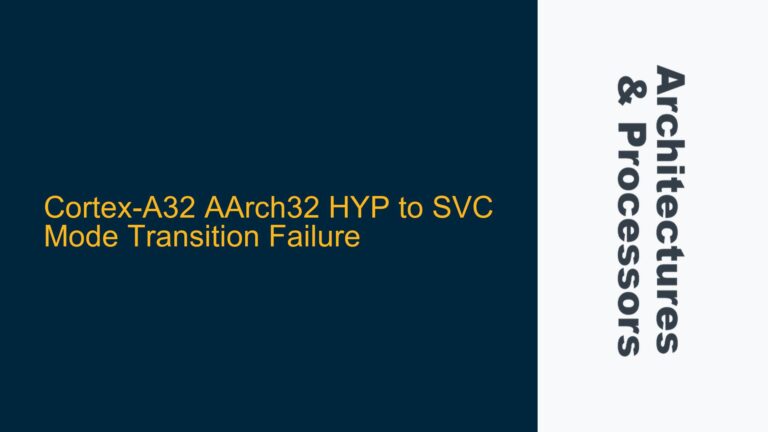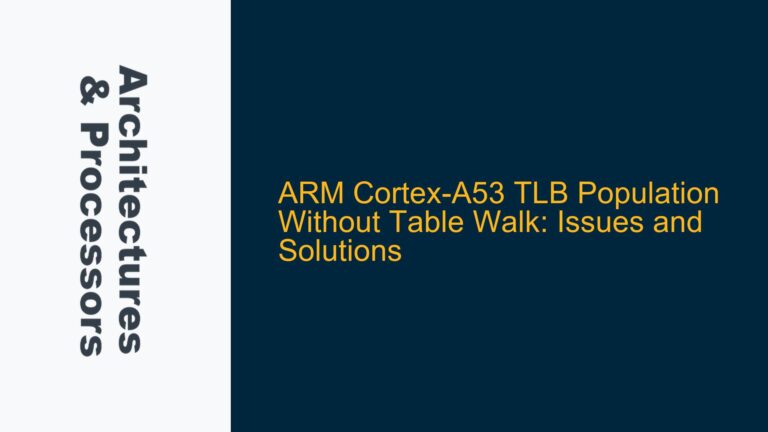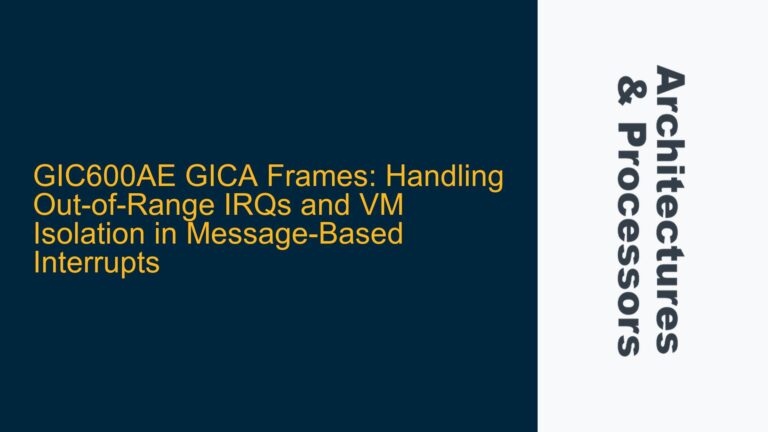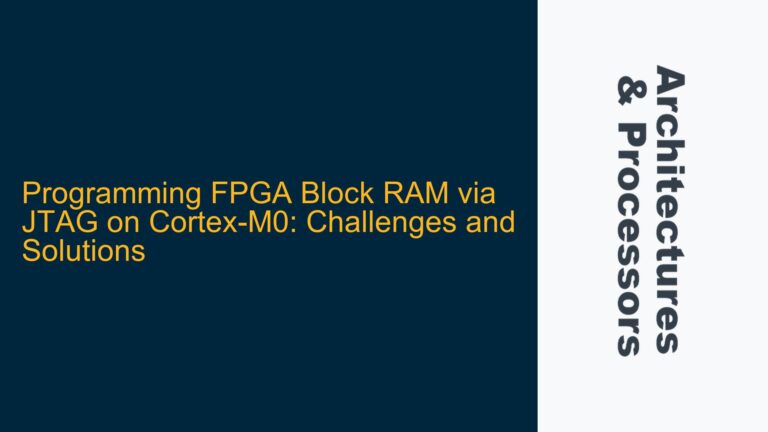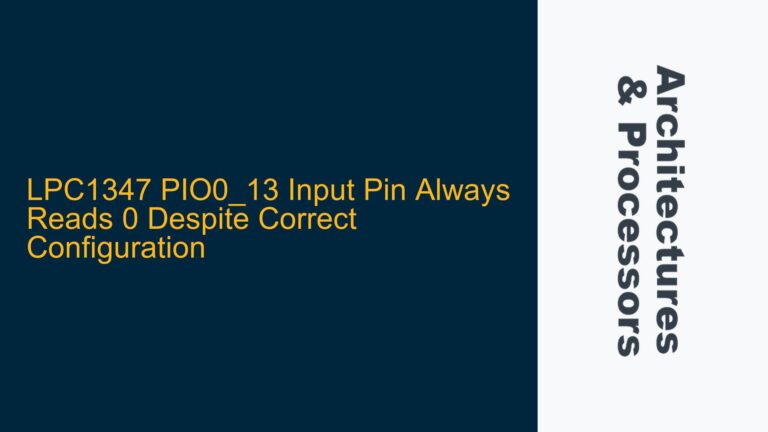Firmware Separation in Cortex-M3: Understanding I-RAM and D-RAM Allocation
The Cortex-M3 microcontroller, based on the ARMv7-M architecture, is widely used in embedded systems due to its balance of performance, power efficiency, and cost-effectiveness. One of its key features is the separation of the I-CODE and D-CODE buses, which allows for simultaneous instruction fetches and data accesses. This separation is particularly useful for optimizing performance in systems with specific memory hierarchies, such as those with separate Instruction RAM (I-RAM) and Data RAM (D-RAM). However, implementing firmware that leverages this separation presents unique challenges, especially when using high-level programming languages like C.
The I-CODE bus is responsible for fetching instructions and vectors, while the D-CODE bus handles data and debug accesses. Both buses share the same address space, typically ranging from 0x00000000 to 0x1FFFFFFF. This unified address space means that the program image, which contains both instructions and data, must be accessible from both buses. This requirement complicates the process of separating firmware into distinct I-RAM and D-RAM regions, as the compiler-generated literal data must be accessible via the D-CODE bus, even if the instructions are stored in I-RAM.
In systems where I-RAM and D-RAM are physically separate, the address decoding logic must ensure that the program image is visible on both buses. This is particularly challenging in a C programming environment, where the compiler generates literal data that must be accessed as data read/write operations. As a result, the program image must be visible from both the I-CODE and D-CODE buses, making it difficult to achieve a clean separation of instructions and data into distinct memory regions.
Memory Bus Architecture and C Programming Constraints
The Cortex-M3’s memory bus architecture is designed to support a unified memory view, even though it uses separate I-CODE and D-CODE buses. This design allows chip designers to implement features like flash access accelerators, which can improve performance by prefetching instructions and caching literal data. However, this unified memory view also imposes constraints on how firmware can be organized in systems with separate I-RAM and D-RAM.
In a typical Cortex-M3 system, the I-CODE and D-CODE buses are merged before reaching the program memory (e.g., flash or ROM). This merging ensures that both buses can access the same program image, which contains both instructions and data. While it is technically possible to create address decoding logic that separates the I-RAM and D-RAM regions, this approach is not well-suited for C programming environments. The reason is that the compiler generates literal data that must be accessed as data read/write operations, requiring the program image to be visible from both buses.
For example, consider a system with two SRAM regions: SRAM X (I-RAM) mapped to address 0x00000000 and SRAM Y (D-RAM) mapped to address 0x00010000. While it is possible to configure the address decoding logic so that SRAM X is visible on the I-CODE bus and SRAM Y is visible on the D-CODE bus, this setup would not work in a C programming environment. The compiler-generated literal data, which is part of the program image, would need to be accessible from both buses, making it impossible to cleanly separate instructions and data into distinct memory regions.
Implementing Firmware Separation: Practical Solutions and Workarounds
Despite the challenges posed by the Cortex-M3’s memory bus architecture, there are practical solutions and workarounds for implementing firmware separation in systems with separate I-RAM and D-RAM. These solutions involve careful memory management, linker script customization, and the use of specialized compiler options.
One approach is to use the Keil MDK’s eXecute-Only Memory (XOM) feature, which allows certain memory regions to be marked as execute-only. This feature can be used to protect sensitive code from being read as data, but it does not fully address the issue of separating instructions and data into distinct memory regions. The XOM feature is primarily designed for security applications, where the goal is to prevent unauthorized access to code, rather than for optimizing memory usage in systems with separate I-RAM and D-RAM.
A more practical solution is to customize the linker script to allocate specific sections of the program image to different memory regions. For example, the linker script can be configured to place the .text section (which contains executable code) in I-RAM and the .data section (which contains initialized data) in D-RAM. This approach requires careful management of the memory map and may involve additional overhead, but it can achieve a partial separation of instructions and data.
Another workaround is to use a multi-layer interconnection matrix to manage the memory bus architecture. This approach allows for more flexible address decoding and can be used to create separate memory views for the I-CODE and D-CODE buses. However, this solution is complex and may not be feasible for all designs, especially those with limited resources.
In conclusion, while the Cortex-M3’s memory bus architecture presents challenges for separating firmware into distinct I-RAM and D-RAM regions, there are practical solutions and workarounds that can be implemented. These solutions require careful memory management, linker script customization, and, in some cases, the use of specialized hardware features. By understanding the constraints and leveraging the available tools, it is possible to optimize firmware for systems with separate I-RAM and D-RAM, even in a C programming environment.
